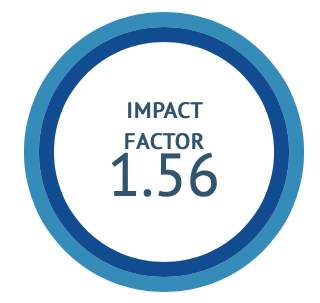Pharmaceutical standardisation and analytical validation of Herbal formulation capsule - UNEX
DOI:
https://doi.org/10.47552/ijam.v15i4.5053Keywords:
Herbs, Heavy metals, Pesticides, Quality, Healthcare, StandardisationAbstract
Standardisation and validation for herbal preparation using modern parameters of analytics are crucial in present era. Capsule Unex is one such formulation useful for renal diseases like urinary tract infections, renal stones, blood purifier etc. The study has been specifically performed on the latest scientific measures to ensure capsules quality standards and validate it analytically. Three batches of capsule Unex were manufactured and tested at Unijules Life Sciences Ltd. Nagpur (MS), India for organoleptic, physicochemical and physical characters, heavy metal, pesticide residue, microbial, fungal and mould limits, along with a chromatographic evaluation. All the parameters were checked against established analytical specifications and batch to batch variation was analysed. The capsule weighs of 500 mg with variation of defined limit ± 7.5 %, disintegration time (NMT 30 min), bulk density (0.71 to 0.81 g/ml), loss on drying (NMT 10 % w/w), pH (4 to 6), percentage total ash (NMT 16.3 %w/w), percentage acid insoluble ash (NMT 5.1 %w/w), percentage water soluble extractives (NLT 26.0 %w/w), percentage alcohol soluble extractives (NLT 11.6 %w/w). Fingerprinting assay revealed Rf values of Gokshura and Punarnava at 254 and 366 nm as described in API. Capsules were observed free from heavy metals like lead, arsenic, cadmium, mercury; pesticide namely organochlorine, organo-phosphorous and pyrethroids, microbes like Enterobacteriaceae, E. coli, Samnonella, Staphylococcus, Psedomonas aeruginosa, aflatoxin B1 and aflatoxin B1+B2+G1+G2 free. Total microbial, yeast and mould count was within the prescribed limits indicating good manufacturing practices. This study reveals the manufacturing of capsule Unex does complies API standards of raw material and in-house standards of capsule Unex specifications and will serve as therapeutically safe and efficacious formulation.
Downloads
Published
How to Cite
Issue
Section
License
Copyright (c) 2024 International Journal of Ayurvedic Medicine

This work is licensed under a Creative Commons Attribution-NonCommercial-ShareAlike 4.0 International License.
The author hereby transfers, assigns, or conveys all copyright ownership to the International Journal of Ayurvedic Medicine (IJAM). By this transfer, the article becomes the property of the IJAM and may not be published elsewhere without written permission from the IJAM.
This transfer of copyright also implies transfer of rights for printed, electronic, microfilm, and facsimile publication. No royalty or other monetary compensation will be received for transferring the copyright of the article to the IJAM.
The IJAM, in turn, grants each author the right to republish the article in any book for which he or she is the author or editor, without paying royalties to the IJAM, subject to the express conditions that (a) the author notify IJAM in advance in writing of this republication and (b) a credit line attributes the original publication to IJAM.




